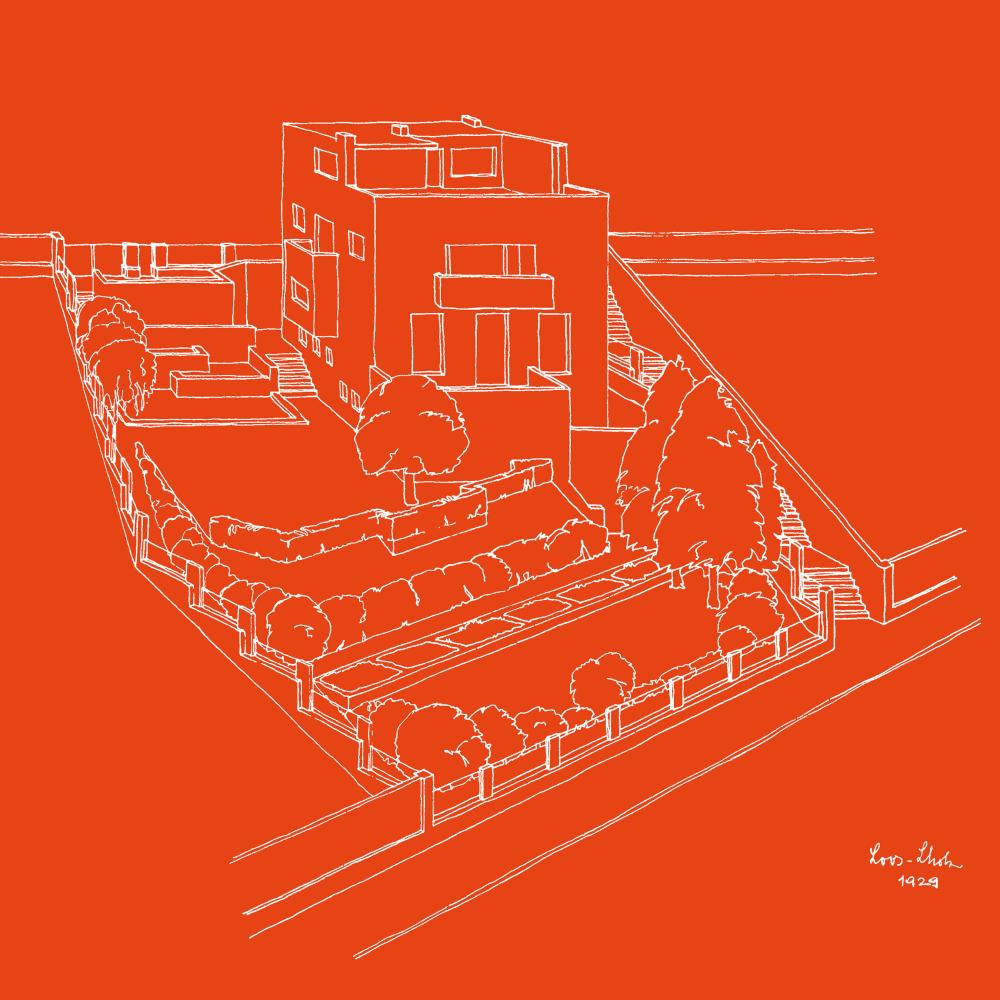Exhibition: Prague Functionalism - Tradition and Contemporary Echoes

Purism, constructivism, rationalism, or functionalism — these are terms seeking to give a name to various aspects of the notable phenomenon that literally obsessed the European architectural scene in the 1920s. One of the main art centers where the new approach to architecture was developing had, since the beginning, been Prague. Functionalism was not just passively accepted here but further evolved practically and theoretically. Thanks to the talent and enthusiasm of an entire generation of young architects, Prague, aside from Brno and Zlín, became an architectural laboratory whose importance by far exceeded Czechoslovak borders and Prague built functionalistic projects belong among the jewels of world modern architecture. The austere line of Czech architecture that represented its most outstanding stream in the past two decades is undoubtedly affected by the heritage of pre-war functionalism — a heritage many times resuscitated, modified and creatively developed. Among this broad and internally differentiated stream may surely be added the contemporary Prague buildings presented at the second part of this exhibition.
The basic idea of the exhibition is to present this golden fund from the history of Czech and Prague projects influenced by the functionalistic archetype.Visitors will have the chance to see the most famous modern buildings in Prague from the interwar period, the Villa Műller by Adolf Loos; the masterpiece of Czech functionalism, the Mánes Union of Fine Arts building by Otakar Novotný; the Catholic church of st. Václav by Josef Gočár; the Baba Villa Colony and other outstanding projects and buildings in Prague functionalism style. Contemporary architecture is presented by for instance the Palace Euro (DaM), Muzo Centre (Stanislav Fiala, D3a), the puristic Kolbenova Metro station (DUM architekti) or family houses and villas.
The exhibition was prepared by Galerie Jaroslava Fragnera, professionally assisted by the leading Czech theoreticians of architecture Mr. Zdeněk Lukeš and Petr Kratochvíl.
The gallery talk will feature UTSOA Professor Christopher Long and Zdeněk Lukeš.
Zdenek Lukes is an architect and historian of architecture. He studied at the Faculty of Architecture at the Czech Technical University in Prague, and from 1980-1990 worked in the Archive of Architecture of the National Technical Museum in Prague.
He was actively involved in the Velvet Revolution in 1989, and he was part of he was part of the Civic Forum with Vaclav Havel. After the Revolution, Lukes worked in the Office of the President of the Czech Republic helping to revitalize the Prague Castle during Vaclav Havel's presidency.
Zdenek Lukes has organized numerous exhibitions, including: Josip Plečnik, Ten Centuries of Architecture, Splátka dluhu (Debt Repayment), Architect E. Králíček, Czech Architectonical Cubism or Prague Functionalism. He is the author and co-author of about 50 books on modern architecture, and has written hundreds of expert articles in Czech newspapers (Respect, Revolver Revue, Lidové noviny, Architekt etc) He contributed to broadcasts for Czech Television for the series Ten Centuries of Architecture, as well as to Czech Public Radio and BBC. He is also in charge of columns dedicated to architecture on the webpage Neviditelný pes (Invisible Dog).
In 2014, Professor Lukes was awarded the State order Medal of Merit by the Slovenian President Borut Pahor.
Between 2000-2003, Lukes was Dean of the Faculty of Architecture of the Technical University in Liberec. Since 2004, Professor Lukes has been teaching at the New York University in Prague.

